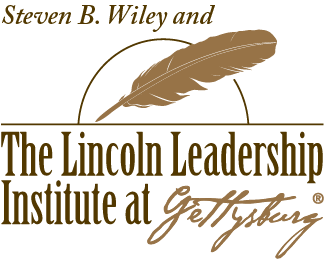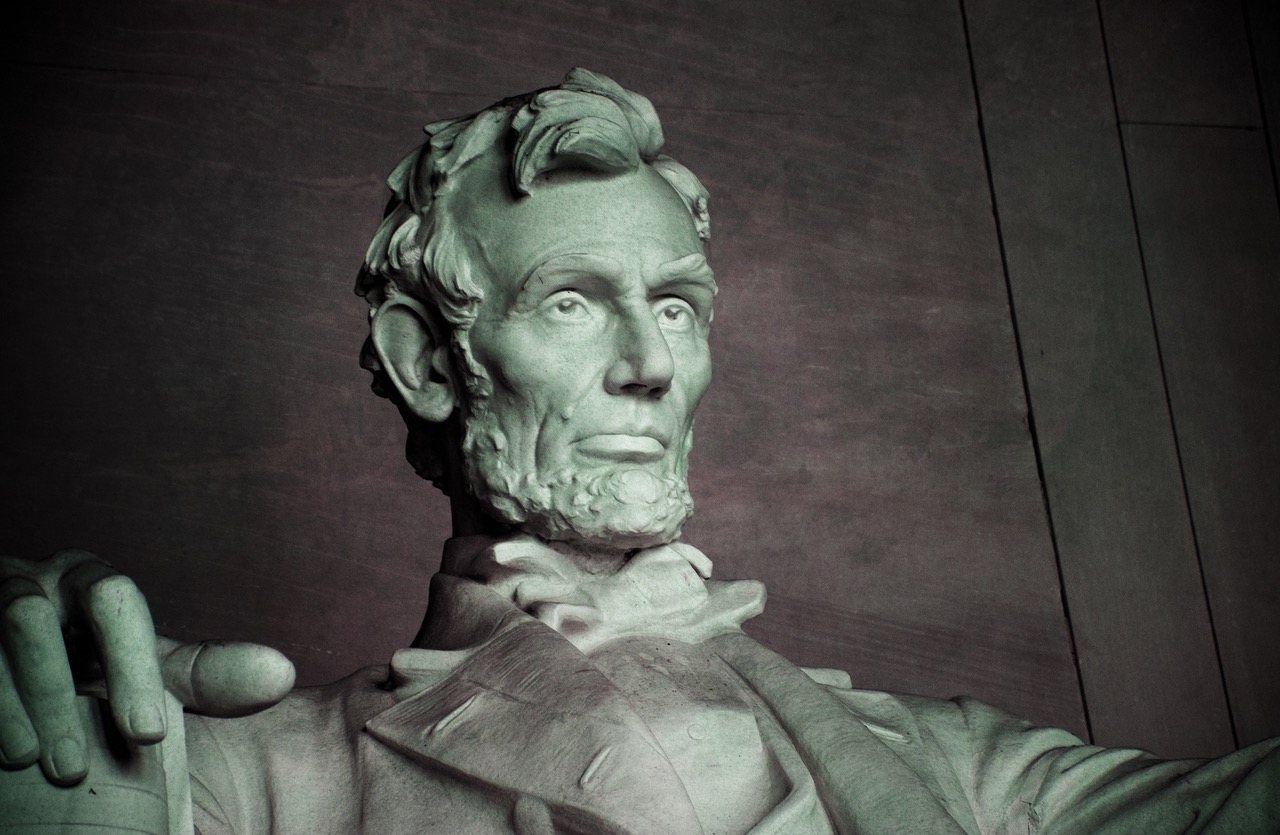Two hundred and ten years ago today Abraham Lincoln was born in a modest home in rural Hardin County, Kentucky – yes, the same place where the television show Justified is set. Lincoln often seems chronologically distinct from the Founding Fathers, but he was born just 21 years after the ratification of the Constitution and was already 17 years old when Thomas Jefferson – draftsman of the Declaration of Independence – would pass away. As a young lawyer, Lincoln learned the Constitution word by word and was typical of many Americans of the 1830s and 1840s who saw that document as supreme.
In the 1850s, however, as he began to advocate for the limitation and possible elimination of slavery, Lincoln turned increasingly to the Declaration of Independence. No surprise there: the Declaration declared “all men are created equal,” while the Constitution put into place the legal mechanisms by which humans were kept enslaved. But Lincoln did not, like abolitionist William Lloyd Garrison, discard the Constitution and declare it to be immoral.
In January 1861, Lincoln meditated on the relationship between these two documents. He noted that the Constitution was necessary because it was the “picture of silver” that protected the “apple of gold” – the Declaration of Independence. He continued, “The picture was made, not to conceal, or destroy the apple; but to adorn, and preserve it. The picture was made for the apple — not the apple for the picture.” Though years of sectional conflict had finally ripped the nation apart, Lincoln did not believe the country needed a new vision. It just needed to remember and recommit itself once more to its founding vision found in the Declaration.
Our 16th president would have agreed with leadership guru Jim Collins, who once noted, “Executives spend too much time drafting, wordsmithing, and redrafting vision statements, mission statements, values statements, purpose statements, aspiration statements, and so on. They spend nowhere near enough time trying to align their organizations with the values and visions already in place.” For Lincoln, there was no need to discard the Constitution, just an imperative to put the Declaration back in its rightful place as the nation’s founding principle.
So… what vision and/or values might your organization have let slip? How might you bring alignment back to the organization by recommitting to those visions and values?




Recent Comments